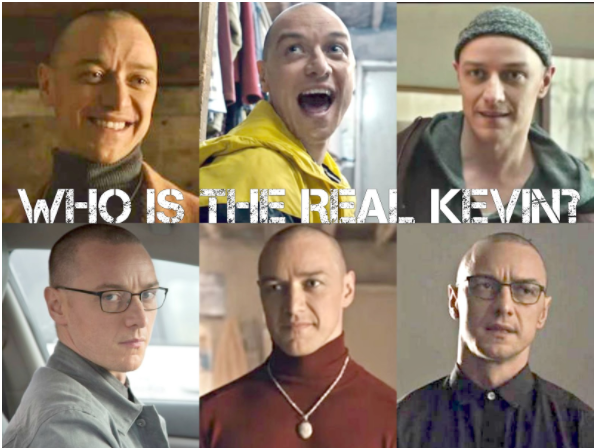
By Alexandra Sprouls
At the movie theater, one may feel awed, laugh or even cry when walking out. After viewing the film Split, many viewers left the theater offended by the lack of knowledge on dissociative identity disorder on the part of the writer.
“I think identity disorders were depicted as non-human and just horribly overall throughout the film.” Jamie Orseck ’19 said.
The main character, Kevin, played by James McAvoy, experiences at least 23 various personalities as a result of his dissociative identity disorder with the film centering around him kidnapping young women.
“I feel like Split showed an extreme version of what dissociative identity disorder is really like which is fine for a movie, but for the people watching who don’t know much about the mental illness, it could be confusing and depict a threatening and fairly inaccurate image.” Merry Hertan ’19 said.
Dissociative identity disorder is a psychological condition usually caused by childhood trauma. Those affected feel as if they have two or more identities that overwhelm their behaviors. The different identities can take on different genders, ages and races, and can be an animal.
“Whenever people hear about mental illness in the media, it’s all about mass murders and ‘lone wolves,’ and that’s such an inaccurate summary of the millions and millions of Americans who are living with mental illnesses like depression, dissociative identity disorder, schizophrenia or any of the other conditions that about 40 million Americans live with every year.” Orseck said.
Patients with dissociative identity disorder do not have a tendency of acting violent, as commonly depicted in films, but they rather try to hide their mental health issues.
“Based on the little I know about identity disorders, I didn’t see anything wrong with the way it was shown.” said Morgan Rizy ’18.
Split depicts dissociative identity disorder similar to its portrayal in films such as Fight Club, Dr. Jekyll and Mr. Hyde, Me, Myself and Irene and many more.



















































